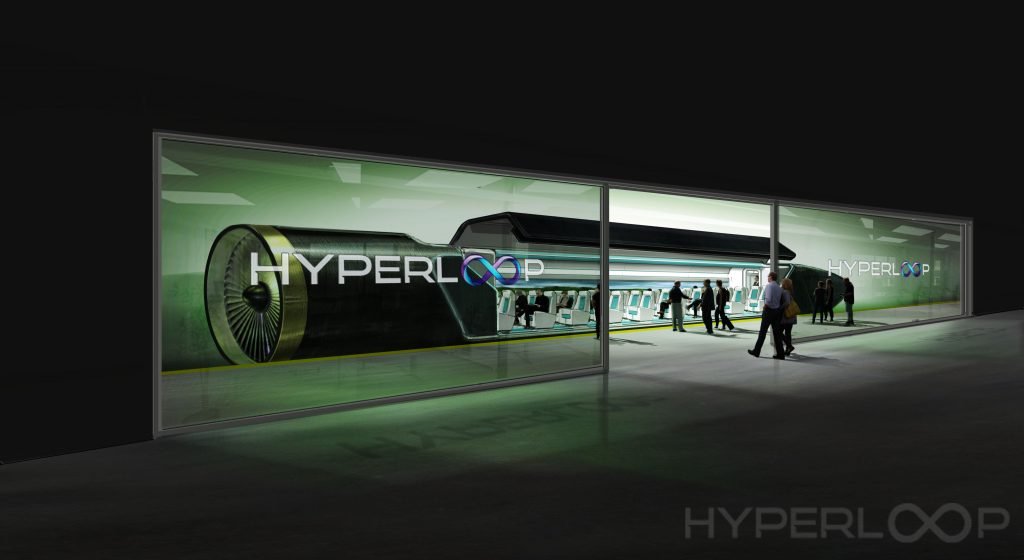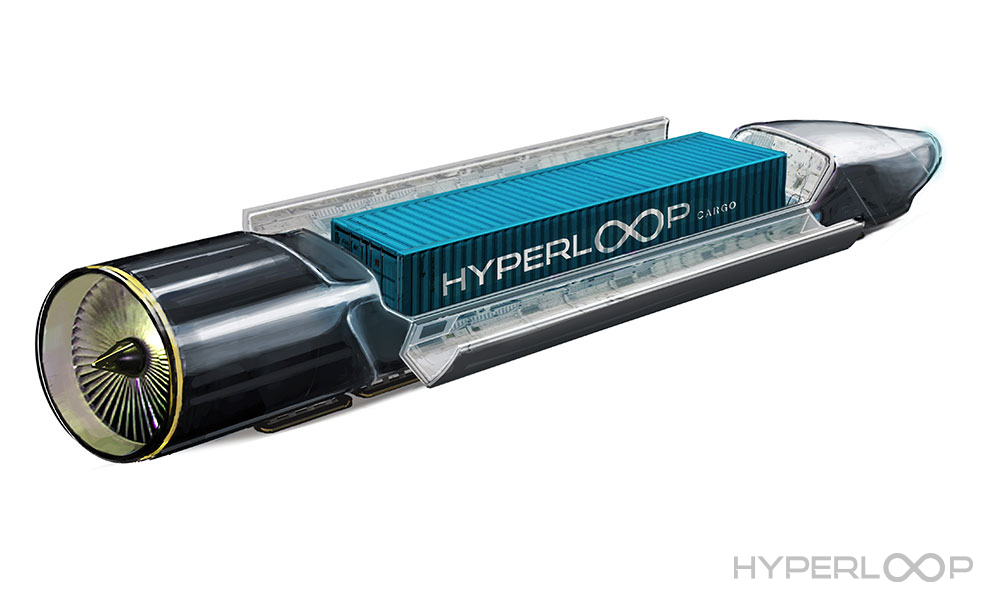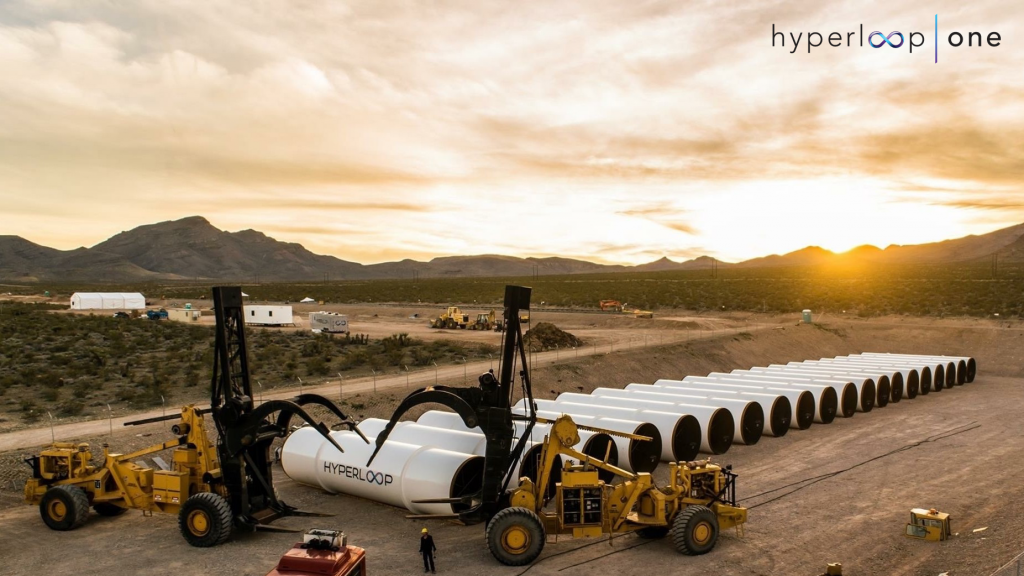Riding at the Speed of Sound: Hyperloop Slowly Becomes a Reality

image credit: press photos via hyperloop-one.com
If one wishes to get from one point to another in any part of this world, we rely on our current modes of transportation: cars, planes, trains, and boats. For more than a century now, we have all utilized these great inventions, all of which has transformed the way we live. What would once take days for a horse-drawn carriage is now mere hours with a typical SUV. What would take years on a ship, would now only take hours by plane to cross the Pacific. These remarkable changes in travel have made our world much smaller than we once thought. (And yes, the world is round after all!)
Reinventing the transportation wheel
But this era of transportation modes is now being challenged by forward thinkers and innovators. At the turn of a new century, new ideas are emerging and what we once thought was the latest technology is now starting to look passe. As people started to crowd into cities, our modes of transport are starting to hit a crawl. Traffic jams both on land and over the airspace have become a growing problem. Even though cars are faster than horse-drawn carriages, traffic jams can extend a one-hour trip into three or four hours. Pollution starts to build up and people are burning more fossil fuels than ever before. One would only think of riding a train, which is slower, or a plane which tends to be more expensive. And by the way, not all cities are reachable by boat.
These modern transportation problems are what our generation needs to solve now. And one person who’s bold enough to take on the challenge is Elon Musk. In the world of Silicon Valley, Elon Musk draws a lot of comparison to Iron Man, Tony Stark. His suave, affinity for technology, and farfetched thinking makes him the perfect brainchild of the Hyperloop. A few years ago, the Hyperloop was an idea that floated in the tech world through a 57-page concept paper made by Musk himself. Being the CEO of the trendy Tesla Motors and SpaceX, he argued that the State of California was investing in a new high speed railway system that was one of the most expensive and in no way one of the fastest in the world.
Musk argued that for a State that is home to technology like Silicon Valley, it should present something revolutionary in the realm of public transport. The Hyperloop (or something similar to it), he said, was the answer.
In the concept paper, he further specified that: “If we are to make a massive investment in a new transportation system, then the return should by rights be equally massive. Compared to the alternatives, it should ideally be:
- Safer
- Faster
- Lower cost
- More convenient
- Immune to weather
- Sustainably self-powering
- Resistant to Earthquakes
- Not disruptive to those along the route

image credit: press photos via hyperloop-one.com
Moving at the speed of sound
Musk believed that the Hyperloop would be the answer to solving the transportation problem of connecting Los Angeles and San Francisco in the fastest way possible. It usually takes six hours by car to get from end to end, but the Hyperloop’s magnetic tube system promises a trip in approximately 30 minutes tops. Drawing inspiration from Ayn Rand, musk played on the idea of electromagnetic suspension as a means of propelling something forward. Using “pods” that carry a group of travelers on board, speeds can shoot up to more than 750 miles per hour, the “speed of sound” as some would say.
Aside from the speed of the hyperloop, it also promises to be self- powered, meaning it can generate its own power through the use of solar panels latched on the top side of the tubes. It also presents itself as a safe mode of travel due to its stable pylons that can resist the shock of earthquakes.
From concept paper to reality
It seemed such an awesome idea when Musk presented his idea to the fore, but everyone was also looking at the cost it will incur. The project appeared to be too expensive to build. Despite this, two companies managed to bring Musk’s idea to reality. Both Hyperloop One and Hyperloop Transportation Technologies have initiated work on building a Hyperloop system in various parts of the world. The first one is pegged for 2020, which is the Los Angeles to San Francisco connection (and vise versa). Other proposals have included Helsinki to Stockholm and Pittsburgh to Chicago.
The main drawbacks noted against the Hyperloop is 1) it has to be built in a straight line or direction and 2) it costs a lot of money to build. But Musk believes that the technology is something that can be done, and the practicality and efficiency of the transport outweighs the cost for a given distance. In his concept paper, he notes “The Hyperloop (or something similar) is, in my opinion, the right solution for the specific case of high traffic city pairs that are less than about 1500 km or 900 miles apart. Around that inflection point, I suspect that supersonic air travel ends up being faster and cheaper.”

image credit: press photos via hyperloop-one.com